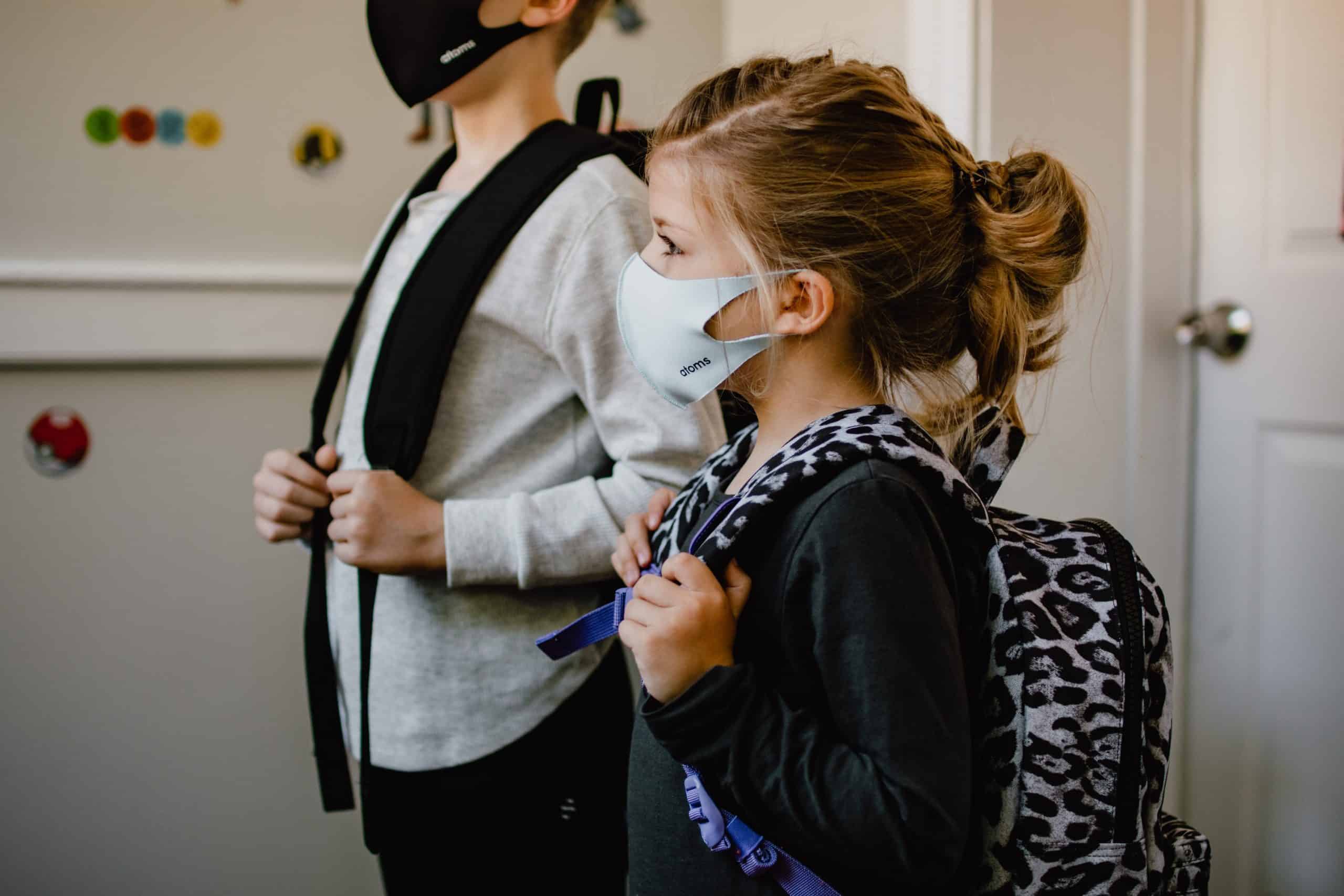One unintended, but welcome, consequence of lockdowns, social distancing, and hand hygiene directives in 2020 was the near disappearance of the annual cold and flu season.
Data from the CDC indicated a decline of nearly 98% in annual influenza activity in 2020, while the number of tests contracted by 61%. While fewer tests overall played a role in the decrease of flu transmission rates, it’s worth noting that the average number of positive tests declined too.
“Public-health measures such as movement restrictions, social distancing and increased personal hygiene likely had an effect on decreasing influenza and other respiratory virus transmission,” said the World Health Organization, commenting on the developments.
This season, however, is shaping up to be a little different.
Respiratory infections are on the rise
A report from The Boston Globe points to an unexpected summer phenomenon: the resurgence of the respiratory syncytial virus (RSV). The resurrection is a direct result of children being unexposed to the virus over the previous 18 months, due to pandemic-enforced lockdowns, school closures, and social distancing protocols.
The uptick in cases has also prompted the CDC to issue a health advisory, saying that RSV can be associated with severe disease in young children and older adults, while encouraging broader testing among people displaying symptoms of the virus.
How does RSV spread?
The respiratory syncytial virus is an airborne virus, meaning it can spread through infected respiratory droplets. The chance of infection rises if someone carrying RSV coughs or sneezes in close proximity. It can also pass through direct contact, such as shaking hands.
The virus can also survive for several hours on surfaces such as countertops, toys, and other physical objects. If a person touches their mouth, nose, or eyes directly after touching a contaminated exterior, they’re likely to contract it.
How can you stay protected?
According to doctors, the RSV summer spike does not mean that the virus won’t adhere to its regular winter schedule, too. Sick children should stay away from school, while those in high-contact classroom environments should wash their hands often, especially after blowing their nose or touching their face.
Sanitizing surfaces frequently is another recommended step to deactivate viruses and pathogens. Disinfecting commonly touched surfaces, such as cellphones and personal electronic devices, means deactivating at least 99.9% of pathogens.
CleanSlate UV’s chemical-free solution is proven to kill germs, deactivate superbugs, and eliminate viruses such as SARS-CoV-2 and H1N1.
Read our guide to evaluating UV sanitization for mobile devices to learn more.



